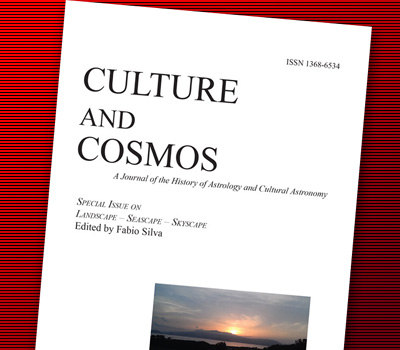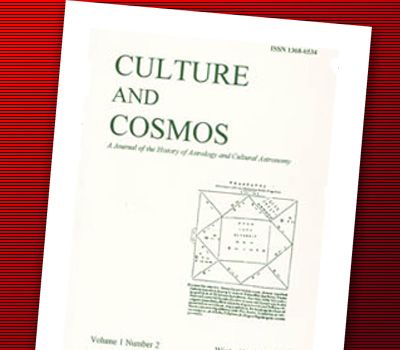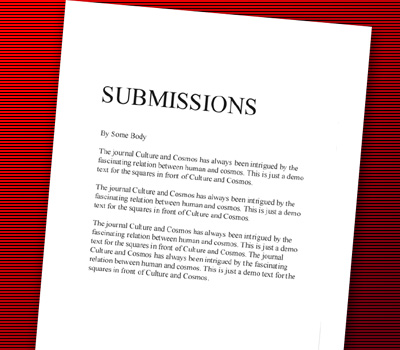We are currently seeking submissions for future volumes of Culture and Cosmos.
Volume 21
The Bush Barrow and Clandon Barrow Gold Lozenges and the Upton Lovell Golden Button: A Possible Calendrical Interpretation
Claude Maumené
Abstract
The Bush and Clandon Barrow gold lozenges and the Upton Lovell golden button, discovered in burial grounds near Stonehenge and Mount Pleasant in southern England, were most frequently thought to be ornamental breastplates designed to show the high level political or religious status of the wearers. The author attempts to demonstrate that a purely decorative interpretation must be rejected and proposes a complementary evaluation of these items which all show similar decorations. Counting the lines and interpreting the patterns on both breastplates and button have led to the proposal that these objects were made to facilitate counting, memorisation and transmission of the numbers of days of one or several synodic cycles of Venus, Mars and Jupiter, in agreement with a number of Moon and Solar cycles. In terms of anthropology, the symbolic lozenge shape associated with fertility and fecundity, appeared in many the cultural areas of ancient Europe. Venus, appearing alternately as an evening and morning star, is also an essential symbol of life, death and rebirth. This may be important within the funerary context of the culture of Wessex.









